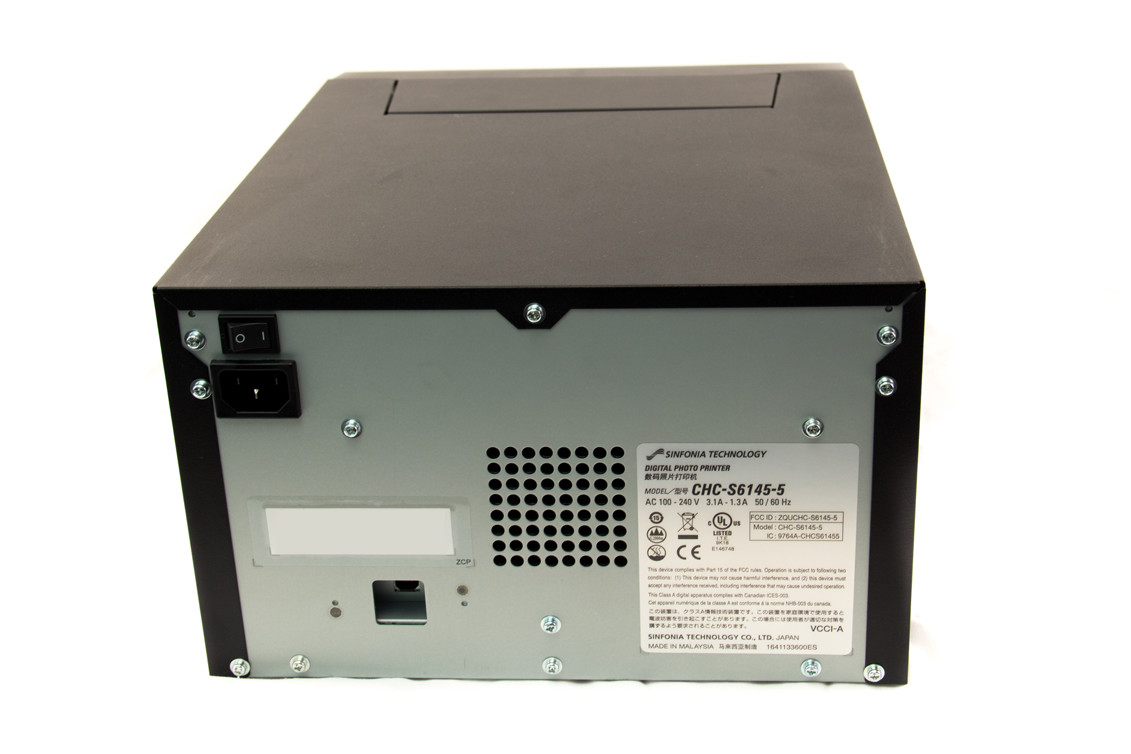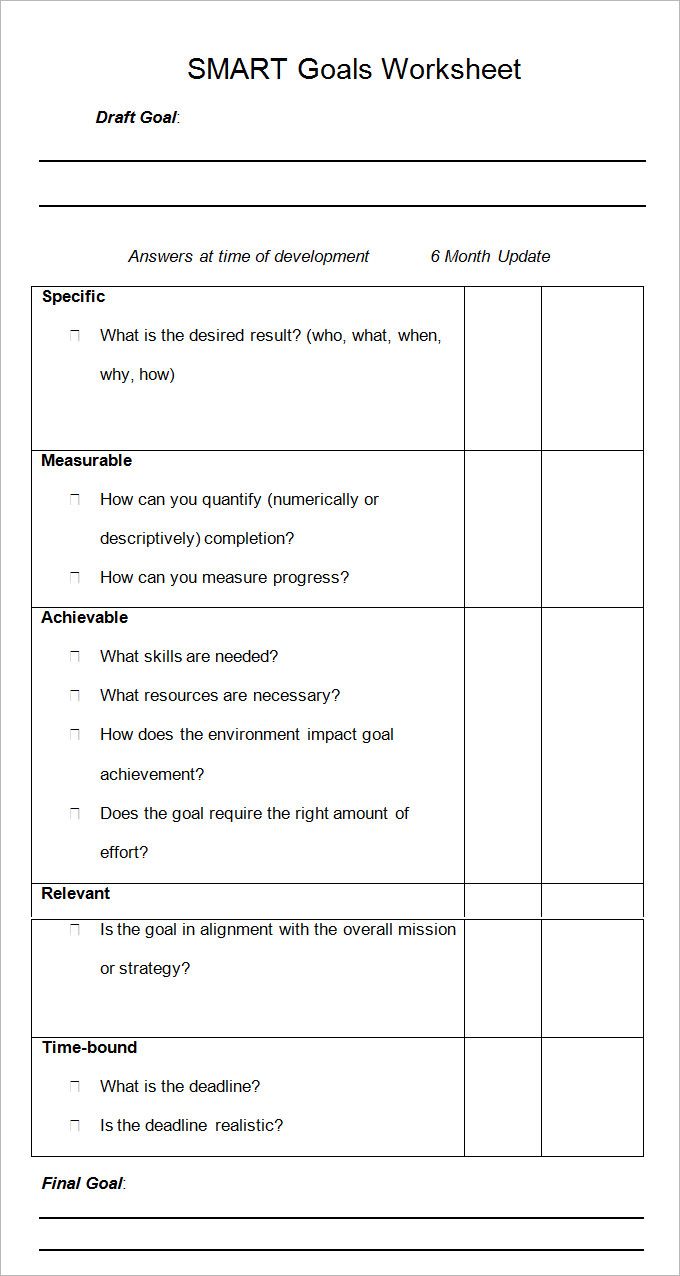Drive Partition and Format - El Capitan or Later
Your My Passport for Mac drive is formatted as a single HSF+J partition for compatibility with Mac OS X operating systems. If you want to use the drive with a Windows computer, see Reformatting the Drive and Troubleshooting. About Your WD Drive My Passport for Mac User Manual 2. Steps: Western Digital My Passport Ultra 1TB Mac Driver. To download the driver for your Mac system, specify the Mac OS version in the correct textbox. Click the WD Drive Download for Mac and install it on your system once the download process is complete. After installing the software, connect your WD drive to the system and start using it. Find helpful customer reviews and review ratings for WD 4TB My Passport for Mac Portable External Hard Drive - Blue, USB-C/USB-A - WDBA2F0040BBL-WESN at Amazon.com. Read honest and unbiased product reviews from our users. Shop WD My Passport for Mac 2TB External USB 3.0 Portable Hard Drive Black at Best Buy. Find low everyday prices and buy online for delivery or in-store pick-up. Price Match Guarantee. Equipped with USB-C™ technology, the My Passport™ Ultra for Mac portable drive offers an easy way to expand your storage. Its modern metal design complements your Mac, and out of the box, it’s formatted for macOS and Time Machine compatibility. And with up to 5TB1 of storage and a 3-year limited warranty, you get storage to rely on for years to come.
Mac os for virtualbox download.
- Open Disk Utility in the Utilities' folder.
- After Disk Utility loads select the drive (out-dented entry with 1TB WD Passport..) from the side list.
- Click on the Erase tab in the Disk Utility toolbar. A panel should drop down.
- In the drop down panel set the partition scheme to GUID. Set the Format type to APFS (SSDs only) or Mac OS Extended (Journaled.)
- Click on the Apply button and click on the Done button when it is activated.
- Quit Disk Utility.
Aug 15, 2018 11:02 PM
Disk Utility User Guide
Disk Utility on Mac supports several file system formats:
Apple File System (APFS): The file system used by macOS 10.13 or later.
Mac OS Extended: The file system used by macOS 10.12 or earlier.
MS-DOS (FAT) and ExFAT: File systems that are compatible with Windows.
Apple File System (APFS)
Apple File System (APFS), the default file system for Mac computers using macOS 10.13 or later, features strong encryption, space sharing, snapshots, fast directory sizing, and improved file system fundamentals. While APFS is optimized for the Flash/SSD storage used in recent Mac computers, it can also be used with older systems with traditional hard disk drives (HDD) and external, direct-attached storage. macOS 10.13 or later supports APFS for both bootable and data volumes.
APFS allocates disk space within a container on demand. The disk’s free space is shared and can be allocated to any of the individual volumes in the container as needed. If desired, you can specify reserve and quota sizes for each volume. Each volume uses only part of the overall container, so the available space is the total size of the container, minus the size of all the volumes in the container.
Choose one of the following APFS formats for Mac computers using macOS 10.13 or later.
APFS: Uses the APFS format.
APFS (Encrypted): Uses the APFS format and encrypts the volume.
APFS (Case-sensitive): Uses the APFS format and is case-sensitive to file and folder names. For example, folders named “Homework” and “HOMEWORK” are two different folders.
Easy drive data recovery for mac. APFS (Case-sensitive, Encrypted): Uses the APFS format, is case-sensitive to file and folder names, and encrypts the volume. For example, folders named “Homework” and “HOMEWORK” are two different folders.
You can easily add or delete volumes in APFS containers. Each volume within an APFS container can have its own APFS format—APFS, APFS (Encrypted), APFS (Case-sensitive), or APFS (Case-sensitive, Encrypted).
Mac OS Extended


Choose one of the following Mac OS Extended file system formats for compatibility with Mac computers using macOS 10.12 or earlier.

My Passport Format For Mac
Mac OS Extended (Journaled): Uses the Mac format (Journaled HFS Plus) to protect the integrity of the hierarchical file system.
Compatible with AMD Radeon™ GCN and Radeon RX 400 Series enabled products with Windows®7/8.1/10. Compatible with AMD Radeon™ R9 285, 290, 290X, 380, 390, 390X, R7 260, 260X, 360, R9 Fury series, and Radeon RX 400 series products with Windows® 7/8.1/10. Requires an AMD FreeSync™ technology certified capable display and AMD graphics product. Rx 480 driver for mac. With HDMI® 2.0b, DisplayPort™ 1.3 HBR3, and DisplayPort 1.4 HDR 2 support, the Radeon™ RX 480 graphics card will have you prepared for the new standard of display technologies. The latest Radeon™ RX 480 GPUs offer near-silent gaming features that dynamically optimize sound volumes based on actual temperature and workloads.
Mac OS Extended (Journaled, Encrypted): Uses the Mac format, requires a password, and encrypts the partition.
Mac OS Extended (Case-sensitive, Journaled): Uses the Mac format and is case-sensitive to folder names. For example, folders named “Homework” and “HOMEWORK” are two different folders.
Mac OS Extended (Case-sensitive, Journaled, Encrypted): Uses the Mac format, is case-sensitive to folder names, requires a password, and encrypts the partition.
My Passport Ultra Format For Mac And Windows
Windows-compatible formats
Choose one of the following Windows-compatible file system formats if you are formatting a disk to use with Windows.
MS-DOS (FAT): Use for Windows volumes that are 32 GB or less.
ExFAT: Use for Windows volumes that are over 32 GB.

